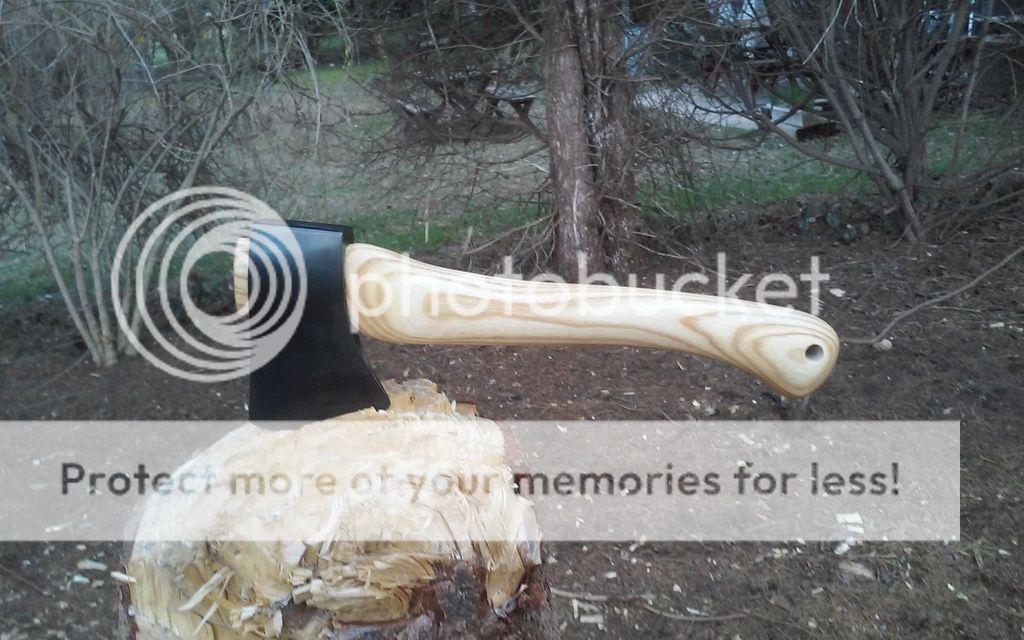- Joined
- Nov 25, 2007
- Messages
- 58
Assuming we have access to hickory or ash or other desirable tree species.... ( I personally have pecan trees which are
close cousin to hickory)
What do we look for ? Is it best to take branches of a slightly large size than the handle and whittle down
or is it better to saw the pieces out of the trunk or larger branches ? If we were to for instance saw a 4x4 section 36 inches long
between the center and bark of the tree trunk, I cannot remember which way the grain is supposed to run for the best strength.
If I am not mistaken ... ideally we would want to look at the handle end and see grain run from the front of the handle to
the back of the handle.... ie lined up with the direction of the axe head. Is that correct ?
For me the best tool for shaping I think would be a belt sander after lopping off as much as I could with a band-saw.
Anyone else have any special technques ? What about sawing thin pieces and laminating them together while maintaining
grain alignment with a strong epoxy glue. I've read that that greatly increases the strength of wood.
close cousin to hickory)
What do we look for ? Is it best to take branches of a slightly large size than the handle and whittle down
or is it better to saw the pieces out of the trunk or larger branches ? If we were to for instance saw a 4x4 section 36 inches long
between the center and bark of the tree trunk, I cannot remember which way the grain is supposed to run for the best strength.
If I am not mistaken ... ideally we would want to look at the handle end and see grain run from the front of the handle to
the back of the handle.... ie lined up with the direction of the axe head. Is that correct ?
For me the best tool for shaping I think would be a belt sander after lopping off as much as I could with a band-saw.
Anyone else have any special technques ? What about sawing thin pieces and laminating them together while maintaining
grain alignment with a strong epoxy glue. I've read that that greatly increases the strength of wood.



